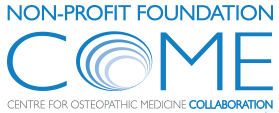Professional skill priorities: Comparison views of osteopathy industry professionals and osteopathy students
| By Patrick van Dun | 0 Comments
This paper investigates the perceptions, attitudes and experiences of osteopathy students who had opportunity to engage with differing curriculum interventions focused on patient communication, and compare these with those of industry professionals … ABSTRACT







